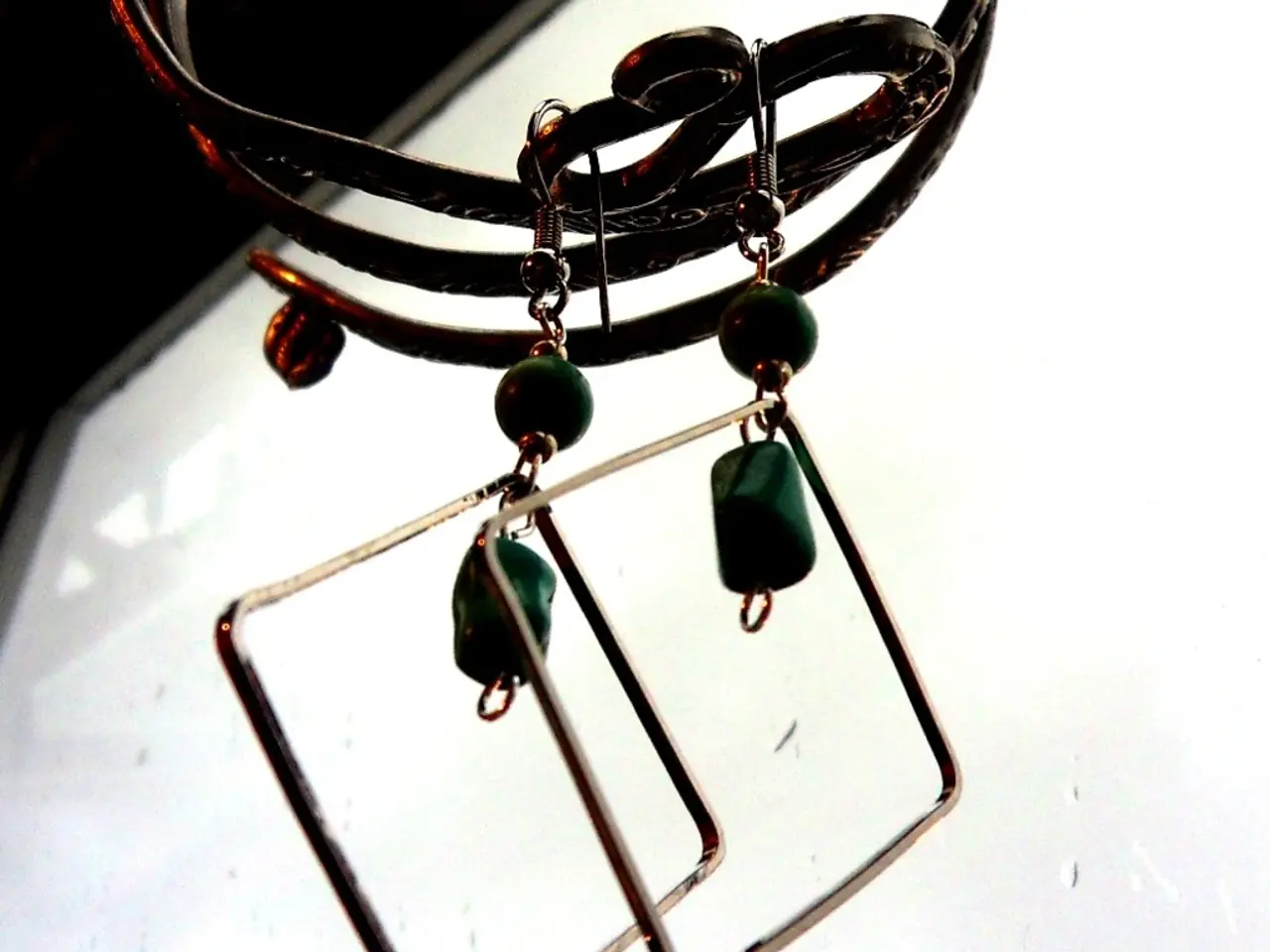Labyrinthitis: Its Causes, Symptoms, Treatment Options, and Recovery Process
Bacterial labyrinthitis, an infection of the inner ear, can cause inflammation and disrupt the flow of sensory information from the ear to the brain, leading to symptoms such as vertigo, hearing loss, tinnitus, and imbalance. This condition is typically more severe than its viral counterpart and requires prompt medical attention to prevent potential permanent damage to the inner ear and hearing loss.
**Common Symptoms**
The symptoms of bacterial labyrinthitis are usually sudden and severe, including a spinning sensation (vertigo), hearing loss typically in one ear, ringing in the ear (tinnitus), imbalance or swaying sensation, and sometimes fever or other signs of infection. Nausea and vomiting may also occur due to vertigo. Loss of equilibrium in the affected ear is common.
**Treatments**
Early diagnosis and treatment are crucial for managing bacterial labyrinthitis. Antibiotics are essential to treat the underlying infection. Medications for vertigo and nausea, such as meclizine (Antivert) or diazepam (Valium), may be used to control symptoms. Corticosteroids might be prescribed to reduce inner ear inflammation, and supportive care, including rest and hydration, is also important. In cases where there is pus formation, damage can be permanent, and hearing loss may remain, highlighting the importance of early treatment.
Vestibular rehabilitation exercises may be necessary if balance issues persist after infection resolution. These exercises, which can be performed at home, are designed to help improve balance and reduce dizziness. A specialized physical therapist will monitor progress and make any necessary modifications to the exercises.
**Prevention and Risk Factors**
Upper respiratory infections, middle ear infections, meningitis, head injuries, respiratory illnesses, viral infections, autoimmune conditions, smoking, heavy alcohol consumption, a history of allergies, stress, and use of specific medications can increase the risk of developing labyrinthitis. To reduce the risk, maintaining good overall health, practicing good hygiene, and seeking prompt medical treatment for infections are recommended.
**The Labyrinth and the Vestibular System**
The labyrinth, a part of the inner ear, is responsible for both hearing and balance. It consists of two main parts: the cochlea and the vestibular system. The cochlea is a small, snail-shaped structure that converts sound vibrations into nerve impulses. The vestibular system, a complex network of semicircular canals, plays a role in maintaining balance. Both the cochlea and vestibular system send information to the brain via the vestibulocochlear nerve.
**Living with Labyrinthitis**
Recovering from labyrinthitis usually takes a few weeks. During this time, it is essential to avoid driving and operating potentially dangerous machinery. During a vertigo attack, it is best to remain calm and avoid unnecessary movement, bright lights, and television or computer screens.
In summary, early antibiotic therapy combined with medications to control vertigo and anti-inflammatory treatment form the backbone of managing bacterial labyrinthitis. By understanding the symptoms, treatments, and prevention strategies for this condition, individuals can take steps to protect their hearing and maintain their balance.
- In addition to its impact on hearing and balance, chronic conditions such as depression, mental-health issues, and neurological disorders might be exacerbated by bacterial labyrinthitis due to the disruption of sensory information flow to the brain.
- A proactive approach to health-and-wellness, including regular fitness-and-exercise, skin-care, and nutrition, can help strengthen the immune system and decrease the risk of developing bacterial labyrinthitis, as well as other chronic diseases and skin-conditions.
- While bacterial labyrinthitis primarily affects the inner ear and balance, it's worth mentioning that associated symptoms such as nausea, stress, and prolonged sickness could potentially trigger migraines in individuals prone to them.
- Predictive studies using science suggest that untreated bacterial labyrinthitis could lead to the development of other hearing-related issues, such as tinnitus or ear infections, later in life.
- Moreover, the sleep patterns of those recovering from bacterial labyrinthitis may be affected due to the interplay between the disturbance in the vestibular system and the regulation of sleep.
- Interestingly, some research indicates that maintaining good eye-health could potentially aid in managing vestibular balance disorders, such as bacterial labyrinthitis.
- Furthermore, individuals who have experienced bacterial labyrinthitis or other chronic conditions such as respiratory-conditions might benefit from specific medical-condition resources and support networks dedicated to better understanding and coping with the unique challenges these conditions present.
- As part of a holistic approach to addressing bacterial labyrinthitis and other health concerns, it's essential to prioritize mental-health alongside physical well-being, seeking help when needed, and focusing on addressing stress and anxiety that may arise from the condition.
- In conclusion, early detection, proper medical intervention, and a commitment to maintaining overall health and wellness can significantly improve the prognosis and recovery process for those diagnosed with bacterial labyrinthitis.




